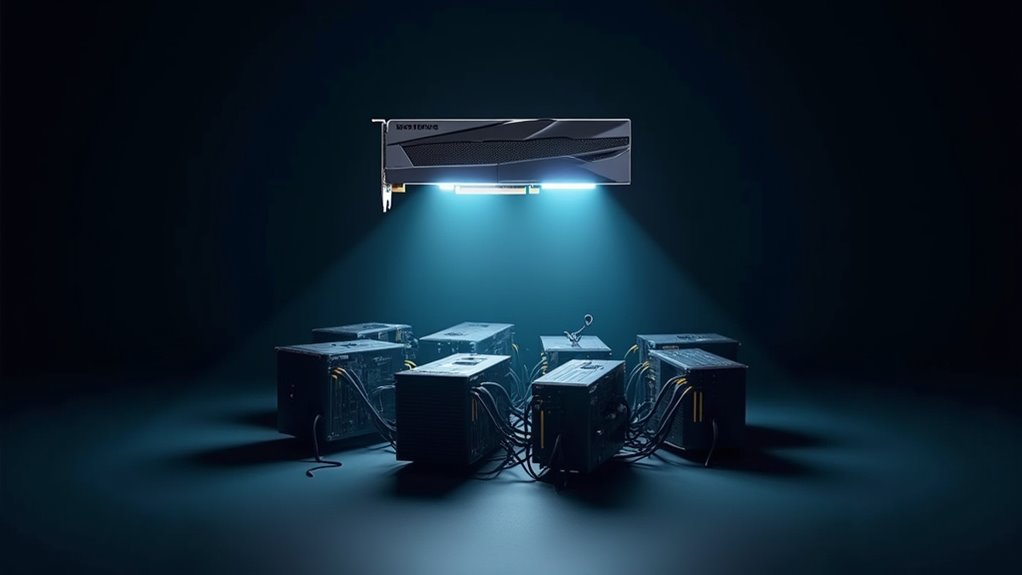Oh, you bet—DeepSeek’s R1 model isn’t just beefing up on the parameter front (try 671 billion on for size), it’s also taking a hardline stance on “hallucinations”—those wacky AI blunders rivals like to slip in for fun. Stricter constraints mean less wild creativity, more grounded reasoning, fewer embarrassing mistakes. Think less Willy Wonka, more Tony Stark’s Jarvis: disciplined, reliable, maybe a tad serious. If AI mischief is your thing, you might need to look elsewhere. But stick around—there’s plenty more under the hood.
Even in a tech landscape already crowded with “revolutionary” AI models, DeepSeek’s R1 somehow manages to grab the spotlight—if only for the sheer audacity of its scale. Envision this: model sizes from a “starter pack” 1.5 billion parameters (perfect for your smart toaster, perhaps?) to a monstrous 671 billion parameters that’s probably better suited to running the Matrix than your next-gen chatbot.
DeepSeek’s R1 isn’t just big for the sake of it—it’s modular. Smaller models run on resource-constrained devices, while the behemoth version is clearly gunning for enterprise-level dominance, eating up GPUs like candy. Notably, DeepSeek-R1’s open-source distilled models are available in a range of sizes (1.5B, 7B, 8B, 14B, 32B, 70B), allowing developers to choose an optimal balance between performance and resource requirements.
DeepSeek’s R1 scales from toaster-friendly to enterprise juggernaut, devouring GPUs and flexing modular muscle at every level.
A key standout is its Mixture of Experts network architecture, which activates 37 billion parameters at a time but totals a staggering 671 billion parameters for the full model.
But size alone doesn’t win friends or influence benchmarks. R1 leans heavily into reinforcement learning, and not the cutesy kind. The training starts with cold-start data to avoid those awkward “learning to walk” moments, then dives headfirst into large-scale RL. This means better initial performance and a model that can actually adapt, refine, and—dare we say—think, through continuous data interaction. Its design focuses on algorithmic fairness to address the critical issue of bias that affects many AI systems today.
The catch? You’ll need some serious hardware muscle: think RTX 3060 and at least 16GB RAM, or, if you’re feeling spicy, a rig that could moonlight as a crypto farm.
Benchmarks? R1’s results are eyebrow-raising, matching OpenAI o1 in math, code, and reasoning. It’s not just about raw numbers, either. This model can handle text classification, entity recognition, and all your garden-variety NLP chores, while keeping things speedy.
The 4K token context window isn’t the stuff of epic novels, but it’s enough for medium-length docs—academic papers, contracts, or, let’s be honest, endless Slack threads.
Is R1 stricter than its rivals? The RL regime imposes tighter reasoning constraints—less “hallucination,” more logic. Useful, but maybe a little less fun at parties.
Multilingual support, community hackathons, and API access round out the package. So, is DeepSeek’s R1 becoming stricter? Absolutely. But sometimes, a little discipline is exactly what the AI world needs—even if it means the occasional eye roll from the cool kids at OpenAI.






